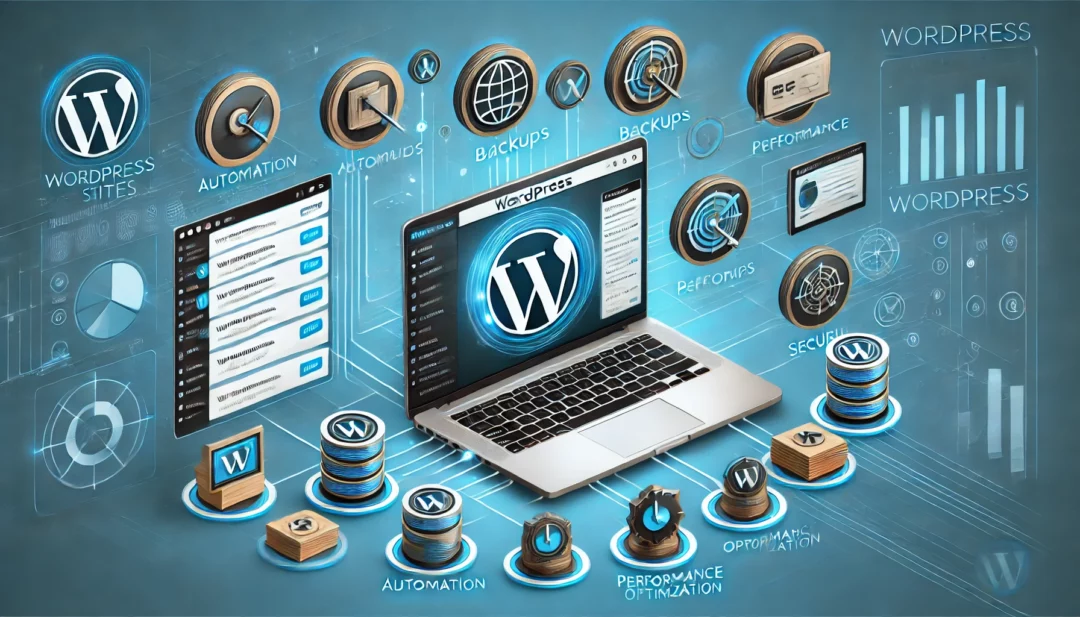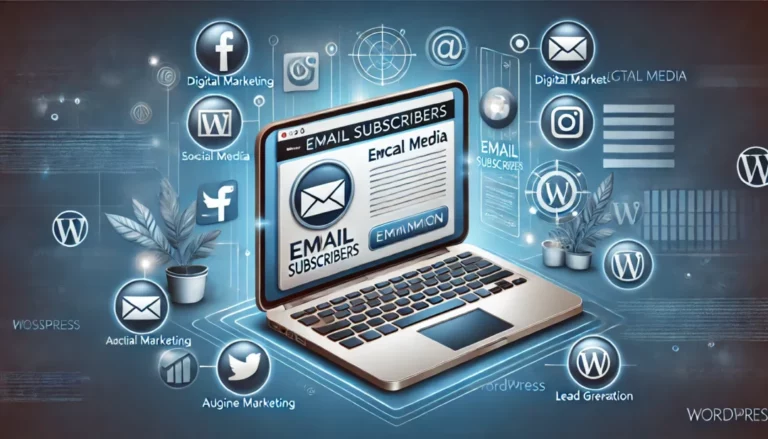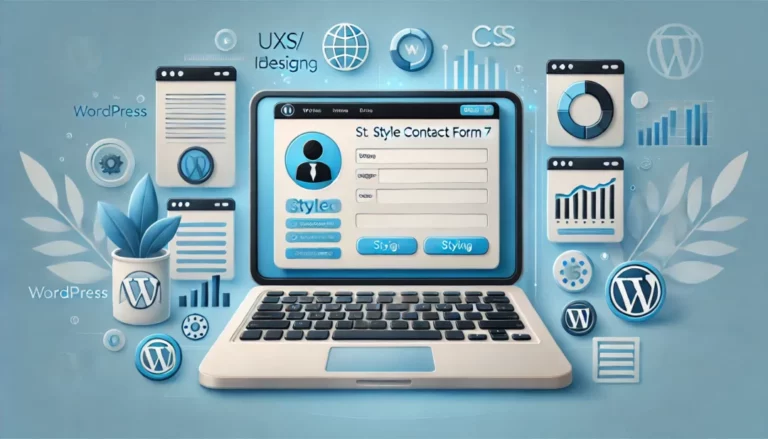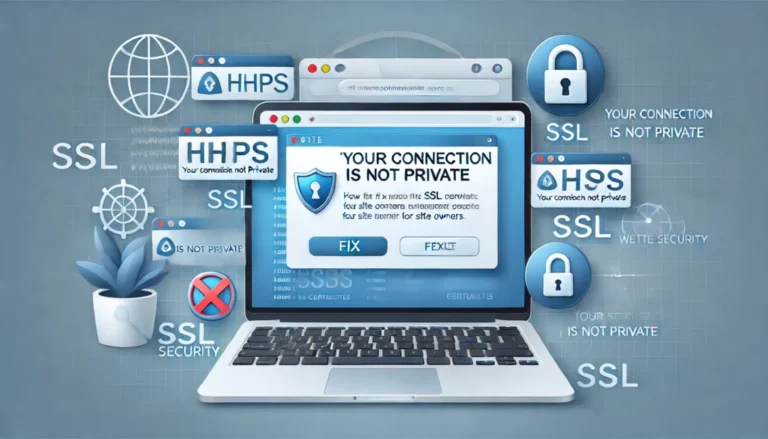
Managing multiple WordPress sites might seem overwhelming, but with the right approach, it’s a breeze. Whether you’re overseeing two sites or twenty, staying organized and efficient is key. You don’t have to spend hours switching between dashboards or worrying about updates and backups—there are tools and strategies that simplify everything.
Why Managing Multiple WordPress Sites Can Be Challenging
Managing multiple WordPress sites demands significant time and attention. Each site involves distinct tasks and responsibilities, making efficient management complex without a structured approach.
Frequent Updates Across Sites
WordPress sites require constant updates, including plugins, themes, and the core software. Managing updates across multiple sites becomes tedious, especially when compatibility issues arise.
Diverse Security Protocols
Each site demands unique security configurations like firewalls or malware scans. Monitoring vulnerabilities for different setups increases the workload, as neglecting updates can compromise site security.
Individual Backups and Restorations
Backing up data regularly is essential for recovery after issues like hacks or data loss. Handling backups for multiple sites, each hosted on different servers, complicates scheduling and access control.
Performance and Uptime Monitoring
Ensuring optimal performance demands independent monitoring of uptime, load speed, and server resources for each site. Identifying and resolving site-specific issues requires extra effort.
User Management Across Platforms
Managing users with varied roles and permissions across separate sites involves repetitive tasks. Overseeing this for multiple sites consumes additional time and increases the complexity of access management.
Workflow Coordination
Content updates, SEO optimizations, and design changes require efficient workflows for multiple sites. Avoiding overlapping tasks and maintaining a consistent strategy across sites is difficult without proper tools.
Lack of Centralized Management
Switching dashboards to perform tasks like analytics setup, user role editing, or plugin management reduces productivity. The absence of unified tools leaves room for errors.
Key Features To Look For In Management Tools
Management tools simplify handling multiple WordPress sites by centralizing tasks and improving efficiency. Choosing the right tool involves prioritizing key features that align with your site’s needs.
User-Friendly Dashboard
A simple and intuitive dashboard allows easy navigation and task management. Ensure the tool offers a centralized view of all your sites for quick access. Look for features like consolidated performance metrics, update notifications, and site health overviews in one place.
Automated Updates
Automated updates minimize manual intervention for plugin, theme, and core WordPress updates. Prioritize tools that ensure compatibility by automatically testing updates in a staging environment before deployment. This reduces the risk of site crashes or functionality breaks.
Backup And Restore Capabilities
Reliable backup and restore options prevent data loss during unexpected issues. Search for tools offering scheduled, incremental backups stored remotely on cloud services like Google Drive or Dropbox. The ability to restore backups with a single click ensures faster recovery during emergencies.
Security Monitoring
Robust security monitoring protects your sites from malware and breaches. Choose tools that provide real-time vulnerability scans, malware removal, and notifications for suspicious activity. Features like automated firewall configuration and login authentication tracking further enhance security.
Top Tools For Managing Multiple WordPress Sites
Managing multiple WordPress sites becomes easier with the right tools. These platforms streamline updates, backups, and security, saving time and reducing errors. Below are some of the best tools to centralize and simplify your workflows.
ManageWP
ManageWP provides a unified dashboard to oversee all WordPress sites. It supports one-click updates for plugins, themes, and core files. The platform includes features for scheduled backups, uptime monitoring, and performance optimization. Security tools like malware scans and two-factor authentication protect your sites. ManageWP also integrates with Google Analytics for traffic insights.
A free plan covers unlimited sites, and premium add-ons like advanced backups or SEO tools are available per site.
InfiniteWP
InfiniteWP is self-hosted, giving you full control over site management. It allows bulk updates for plugins, themes, and WordPress cores. You can generate on-demand or scheduled backups and download them directly. Security features include malware detection and login monitoring.
Its base version is free, with premium modules for features such as reporting, client management, or staging environments.
MainWP
MainWP focuses on decentralized WordPress site management. You install the free MainWP plugin on your WordPress site to create a control hub. Features include automated plugin updates, scheduled backups, and user management. Real-time security scans and uptime monitoring improve site performance and safety.
Extensions like WooCommerce integrations and SEO reports expand its functionality.
Jetpack
Jetpack’s WordPress-centric design suits users looking for simplicity. It includes one-click updates, automated backups, and downtime alerts. Security integrations handle malware blocking, brute-force attack prevention, and spam filtering. Jetpack’s performance tools like image optimizations and hosting integration enhance loading speed.
It offers tiered plans, from basic features to premium options for advanced security and analytics.
Best Practices For Managing Multiple WordPress Sites
Effectively managing multiple WordPress sites requires strategic planning and ongoing attention. By following best practices, you can save time, maintain site performance, and improve security across all installations.
Regularly Monitor Website Performance
Track your site speed, uptime, and errors consistently to ensure optimal user experience. Utilize tools like Google Analytics or Pingdom to gather actionable insights into loading times, server responses, and overall functionality. Set up automated alerts to detect downtime immediately. Focus on resolving slow-performing pages to enhance SEO and improve visitor retention.
Keep Plugins And Themes Updated
Maintain your plugins and themes by performing regular updates across all sites. Outdated components increase security risks and compatibility issues. Use tools like ManageWP or MainWP for bulk plugin and theme updates, eliminating manual intervention. Test updates on staging environments before applying them to live sites to avoid disruptions. Disable unused plugins to reduce vulnerabilities and enhance performance.
Use Consistent Branding
Ensure that every site reflects your brand identity to build recognition and trust. Update logos, fonts, and color schemes across all platforms. Use reusable page templates if sites share similar layouts. Leverage custom CSS files or website builders like Elementor to maintain uniformity. Consistent branding reinforces credibility and improves user experience.
Schedule Routine Backups
Create regular backups of all WordPress sites to protect against data loss. Automate backups using plugins such as UpdraftPlus or BackupBuddy. Perform both full and incremental backups based on the frequency of updates and traffic volume. Store backups in secure off-site locations, like cloud storage or external servers, for added protection. Verify backup integrity periodically to ensure restorability.
Conclusion
Managing multiple WordPress sites doesn’t have to be overwhelming when you leverage the right tools and strategies. By prioritizing organization and automation, you can streamline your workflows and focus on what truly matters—growing your online presence.
Whether you choose tools like ManageWP, InfiniteWP, MainWP, or Jetpack, the key is finding a solution that fits your needs and simplifies your tasks. Combine these tools with effective best practices, and you’ll save time, reduce errors, and enhance the performance and security of your sites.
Take a proactive approach to site management, and you’ll not only stay ahead of potential issues but also create a more efficient and stress-free process.
Frequently Asked Questions
1. Why is managing multiple WordPress sites challenging?
Managing multiple WordPress sites is challenging because it requires handling frequent updates, backups, security monitoring, performance tracking, and user management across different dashboards. Each site may have unique tasks and schedules, leading to time-consuming and repetitive workflows without proper tools.
2. What tools are best for managing multiple WordPress sites?
Some of the best tools for managing multiple WordPress sites include ManageWP, InfiniteWP, MainWP, and Jetpack. These tools offer features like centralized dashboards, one-click updates, automated backups, and security monitoring, which simplify site management and save time.
3. How do centralized dashboards help manage WordPress sites?
Centralized dashboards allow you to view and manage all your WordPress sites from one location. This reduces the time spent switching between individual dashboards and simplifies tasks like updates, backups, and performance monitoring.
4. What is the benefit of automated updates for WordPress sites?
Automated updates minimize manual effort by ensuring your plugins, themes, and core WordPress files are always up to date. This prevents compatibility issues and enhances security by applying updates promptly.
5. Why are regular backups important for WordPress site management?
Regular backups protect your sites from data loss in case of breaches, failures, or errors. Automated backups save time by scheduling them at regular intervals, ensuring data is available for quick recovery if needed.
6. How can I improve security on multiple WordPress sites?
You can improve security by using tools that offer real-time monitoring, automated vulnerability scans, malware protection, and regular updates. Employing strong passwords and limiting user permissions also enhances site security.
7. What are the best practices for managing multiple WordPress sites?
Best practices include using a centralized tool for updates and backups, monitoring site performance with tools like Google Analytics, maintaining consistent branding, automating processes, and scheduling routine security checks.
8. How can I track performance across multiple WordPress sites?
You can use tools like Google Analytics or Pingdom to monitor your WordPress sites’ speed, uptime, and errors. Centralized site management tools often include performance tracking features for all connected sites.
9. How does consistent branding across sites help?
Consistent branding helps build trust and recognition among your audience. It ensures that your visual identity, messaging, and user experience are cohesive across all your WordPress sites.
10. What’s the advantage of using tools like ManageWP or MainWP?
Tools like ManageWP and MainWP simplify managing multiple WordPress sites by offering features like bulk updates, centralized dashboards, automated backups, and enhanced security monitoring, saving time and reducing errors.



